PPT-You're Getting Very Sleepy:
Author : phoebe-click | Published Date : 2018-10-10
Updated Notes on Narcolepsy Andrea Haller MD Objectives At the end of this talk you should be able to Describe the basic clinical features of narcolepsy Understand
Presentation Embed Code
Download Presentation
Download Presentation The PPT/PDF document "You're Getting Very Sleepy:" is the property of its rightful owner. Permission is granted to download and print the materials on this website for personal, non-commercial use only, and to display it on your personal computer provided you do not modify the materials and that you retain all copyright notices contained in the materials. By downloading content from our website, you accept the terms of this agreement.
You're Getting Very Sleepy:: Transcript
Download Rules Of Document
"You're Getting Very Sleepy:"The content belongs to its owner. You may download and print it for personal use, without modification, and keep all copyright notices. By downloading, you agree to these terms.
Related Documents

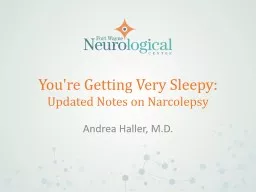


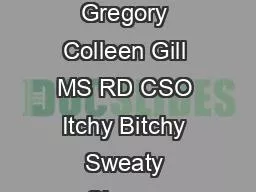

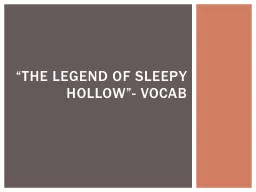


![[DOWNLOAD] - Very Short Fairy Tales to Read Together: Very Short Fairy Tales to Read](https://thumbs.docslides.com/901204/download-very-short-fairy-tales-to-read-together-very-short-fairy-tales-to-read-together-you-read-to-me-i-ll-read-to-you.jpg)
![[READ] - Law School: Getting In, Getting Good, Getting the Gold](https://thumbs.docslides.com/902275/read-law-school-getting-in-getting-good-getting-the-gold.jpg)
![[DOWNLOAD] - The HomeScholar Guide to College Admission and Scholarships: Homeschool](https://thumbs.docslides.com/902541/download-the-homescholar-guide-to-college-admission-and-scholarships-homeschool-secrets-to-getting-ready-getting-in-and-getting-paid.jpg)
